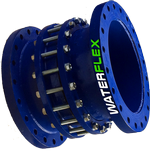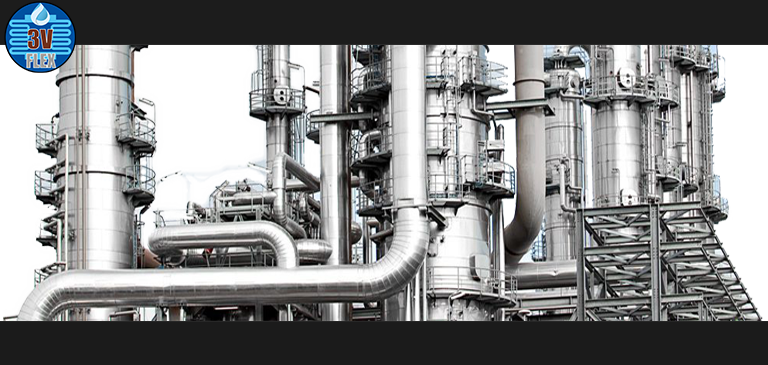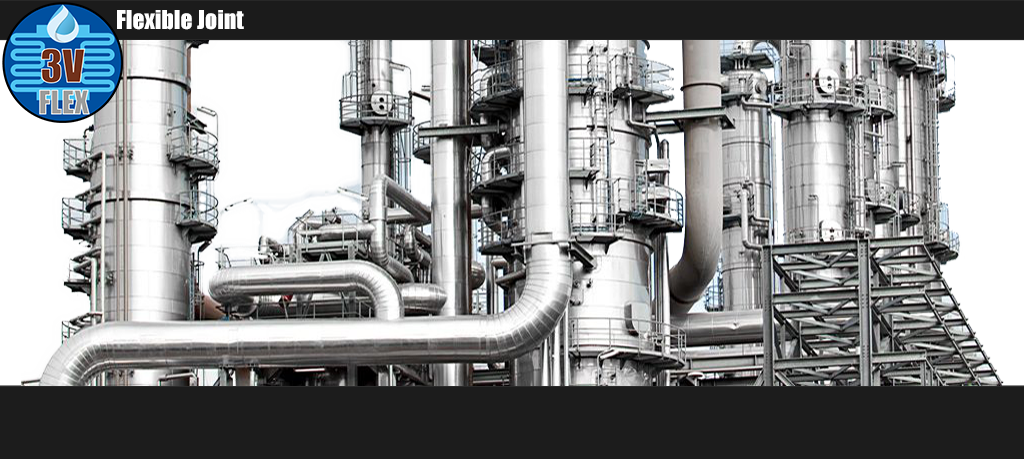WPP type expansion joints for polyethylene and polypropylene (PP/PE) pipes

WPP type joint for PP/PE/PVC pipes
- Manufacturing diameters : DN 50 (63) - 80 (90) - 100 (110) - 125 (140) - 150 (160) - 200 (200) -250 (250) - 300 (300)
- (the values in brackets refer to the diameters of the PP pipes). Other diameters on request
- Maximum stroke : +/-100 mm from the intermediate length position
- The joints are supplied complete with end-of-stroke control tie rods to prevent slippage of the internal sleeve (missing or yielding of the fixed points)
- Manufacturing material : PP and carbon steel
- Nominal pressure : 16 bar @20°C
- Sealing gaskets: EPDM / VITON/PACKING
- Flanged (PN10/16) or smooth ends for direct welding to the pipe
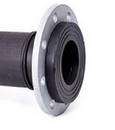

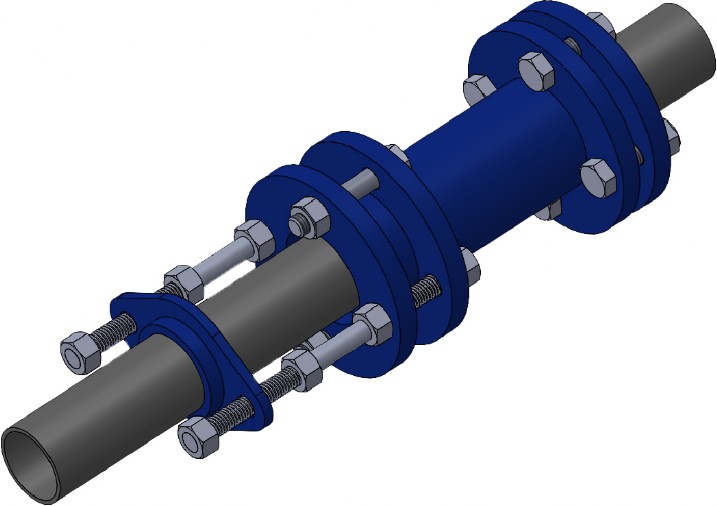
Pipes in PVC, PP, PE and PVDF plastic material are increasingly used in the construction of pipelines for the transport of liquids and gases: aqueducts, gas pipelines, sewers, chemical plants.
Plastic pipes have, compared to normal steel pipes, a very high coefficient of thermal expansion.
In straight ducts of great length there is the problem of thermal expansion of the pipe which in many cases can reach high values.
Let's take for example a straight pipe about 40 meters long. Considering a thermal delta of about 30°C between the installation temperature and the operating temperature, the pipe will have an overall axial expansion of about 204 mm for a POLYETHYLENE pipe. The same steel pipe would have an overall expansion of about 10 mm.
Here are some values of expansion coefficients for the various materials:
- PVC (Polyvinyl chloride) : 0.08 mm/m/ °C
- PP (Polypropylene) : 0,15 mm/m/ °C
- PE (Polyethylene) : 0.17 mm/m/ °C
- HDPE (Polyethylene 1000) : 0,18 mm/m/ °C
For this reason we have designed and manufactured a particular type of expansion joint capable of absorbing very high axial movements, while maintaining tightness at the operating pressure and temperature.
Expansion joints type LTF and WPP are installed in the same way as a rubber or bellows thrust compensator.
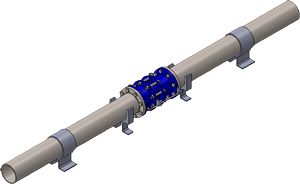
The pipe must then be installed on suitable support brackets and slides which allow for expansion. Our Technical Service is available to carry out all the necessary checks for installation, even directly on site.
For both types of joints, we can supply union fittings to pipes made of PVC/PP for connection without the need to weld flanges and flanges.
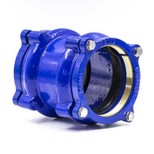
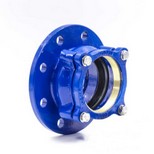
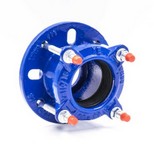
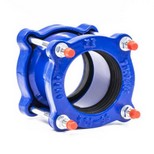
General information for installation:
1.WPP and LTF type expansion joints must only be installed on horizontal sections of piping and cannot be used to absorb movements transversal to the axis of the piping.
2. Before use and installation, check that the joint is suitable for the operating conditions of the system, with particular regard to:
Pressure and temperature of the fluid used
Compatibility of the joint material with the type of fluid used
Linear expansion lower than the maximum stroke of the joint
3. The joint must be installed in a section of pipe between two fixed points. The installation length should not exceed the intermediate length of the joint. In the event of excessive movements or inadequacy of the fixed points, the joint can slip off with consequent leakage of the fluid. This point must be checked very carefully when the fluid transported is potentially dangerous for the environment, human health and damage deriving from pollution.
Example of calculation of the expansion of a section of pipe:
Coefficients of thermal expansion of thermoplastic pipes (average values x thermal delta <40°C):
PVC : 0,08 mm/m.°C
PE : 0,2 mm/m.°C
PP : 0,14 mm/m.°C
Pipe length : 50 m. linear
Total fluid temperature difference : 35°C
Pipe type : PVC
Total expansion of the pipe = 35 x 0.08 x 50 = 140 mm. For the PE pipe the total expansion is 350 mm. and for PP the expansion is 245 mm.
The coefficients of thermal expansion given above indicate how many millimeters a pipe of one meter length will stretch or shrink when the temperature varies by plus or minus 1 degree Celsius or Kelvin. For the laying of overhead ducts, it is very important to take into account the expansions and the positioning of the fixed points. For underground ducts, with interlocking glasses, the effects of the sun and the temperature variations between day and night must not be overlooked. In particular for the PE.







